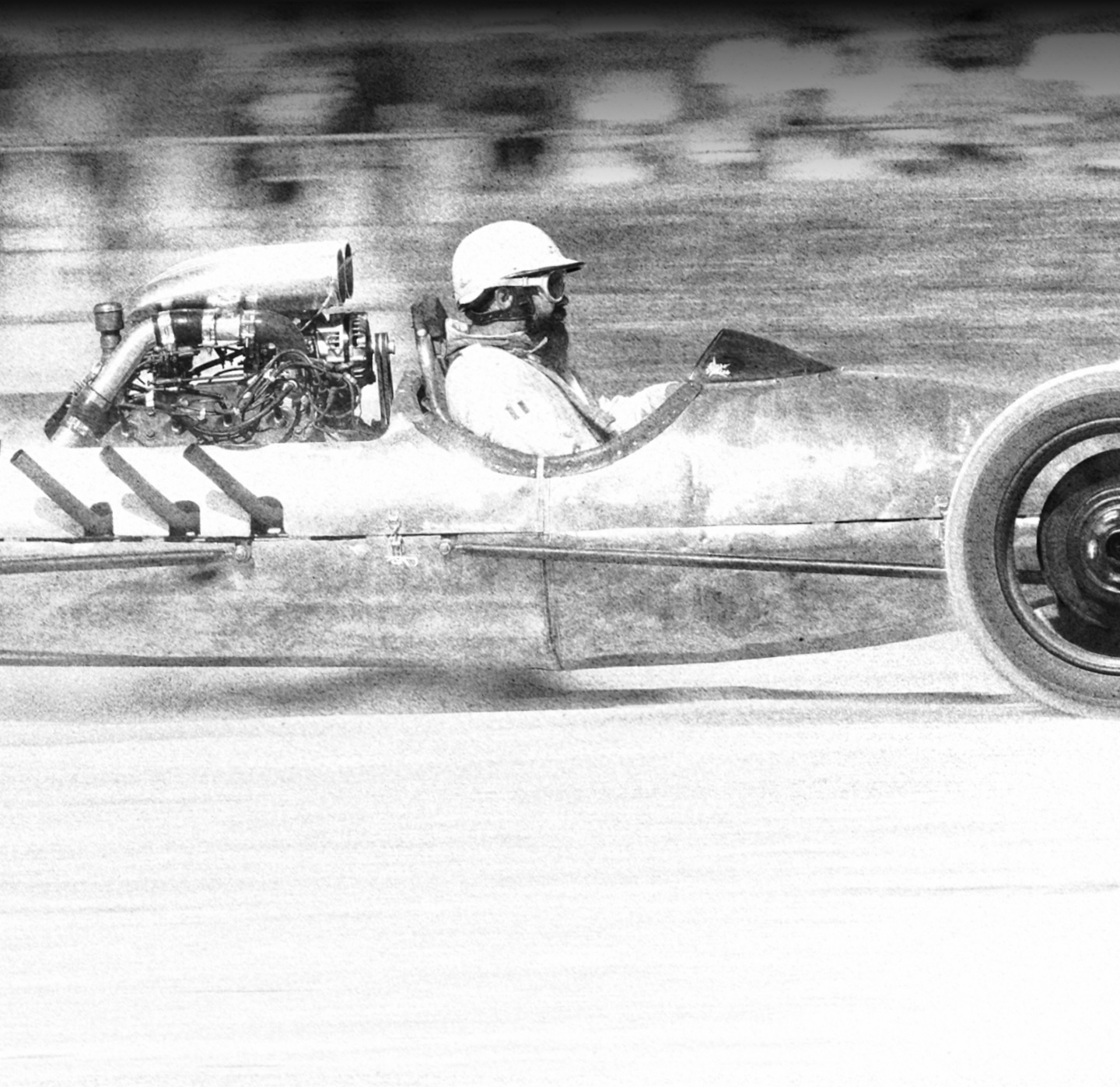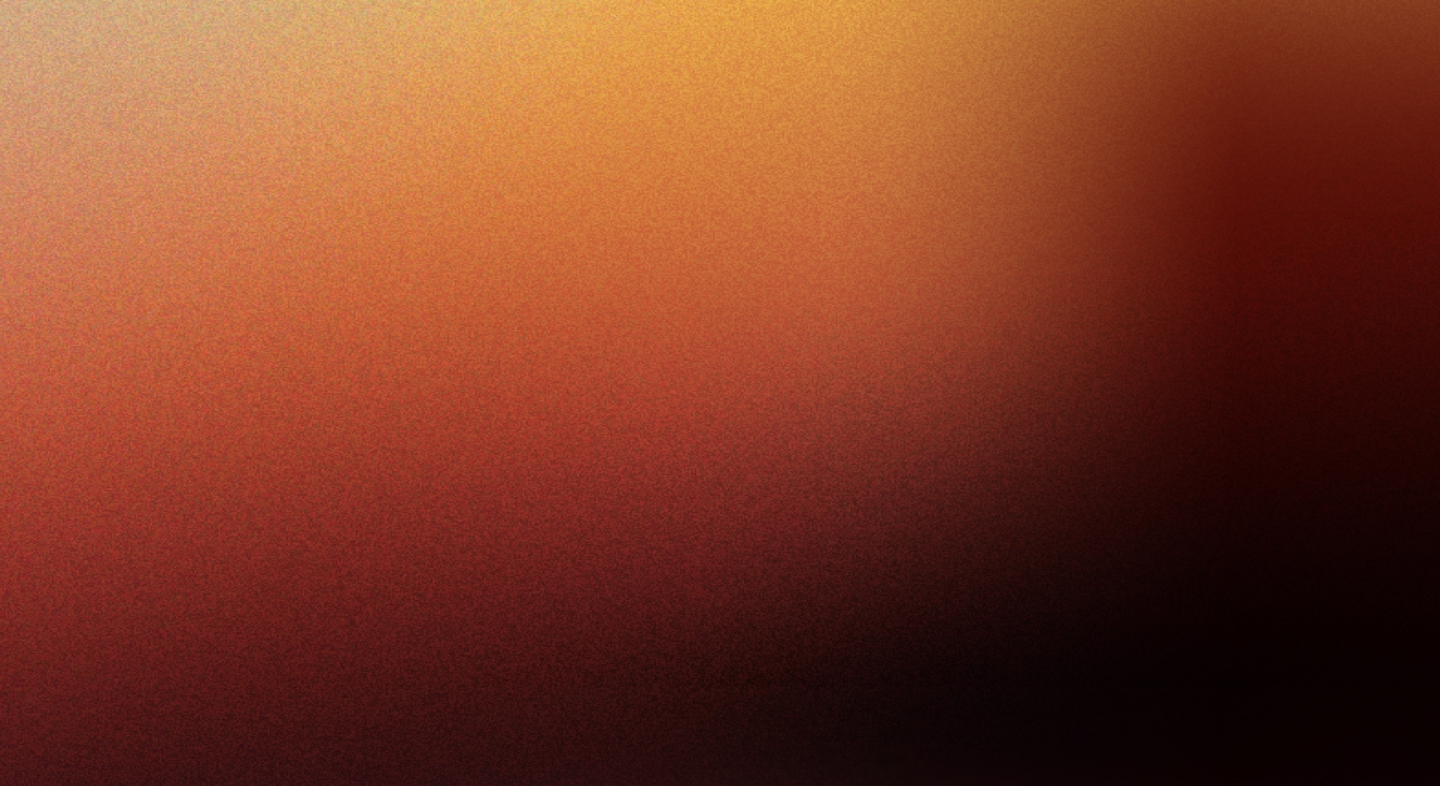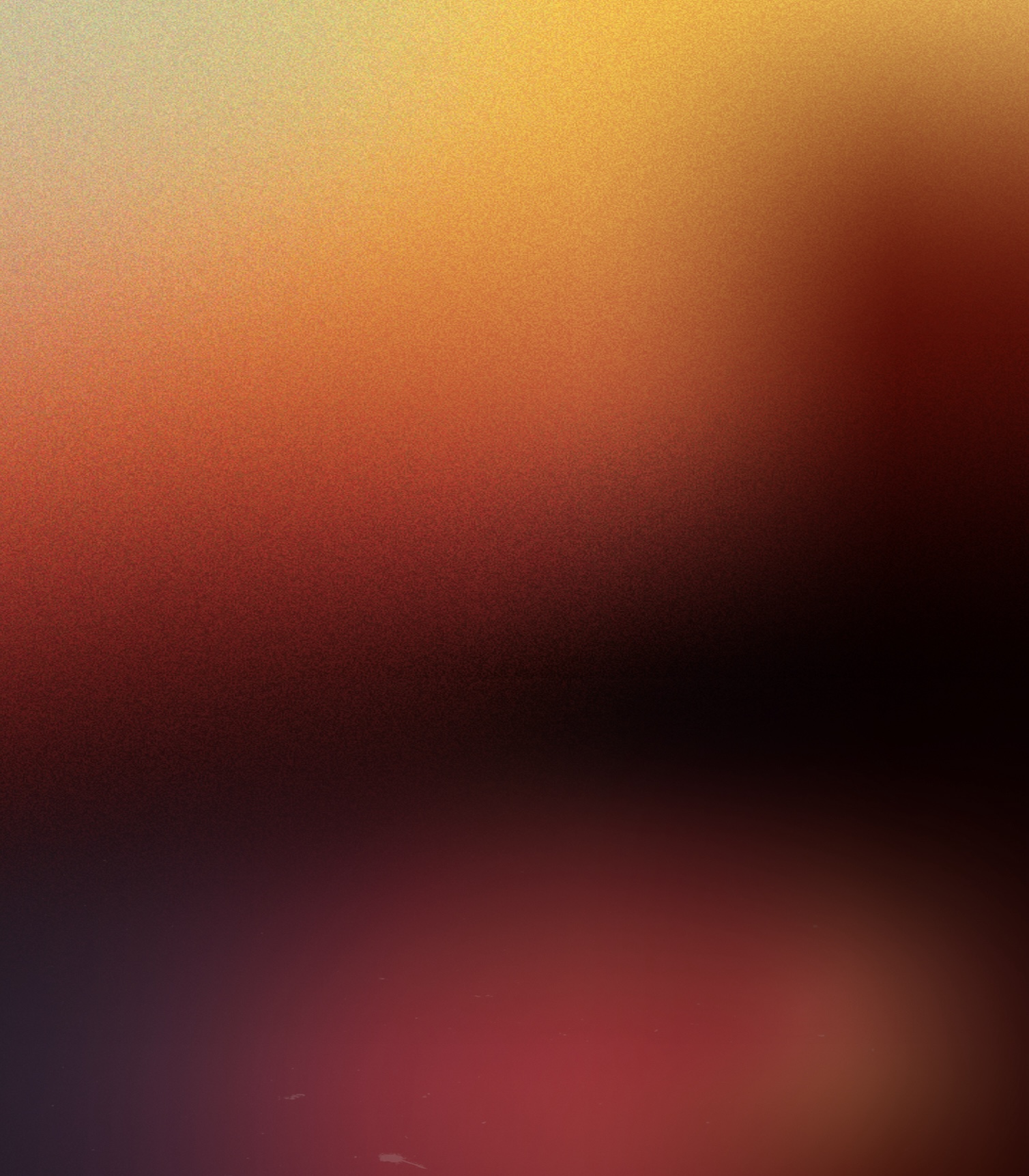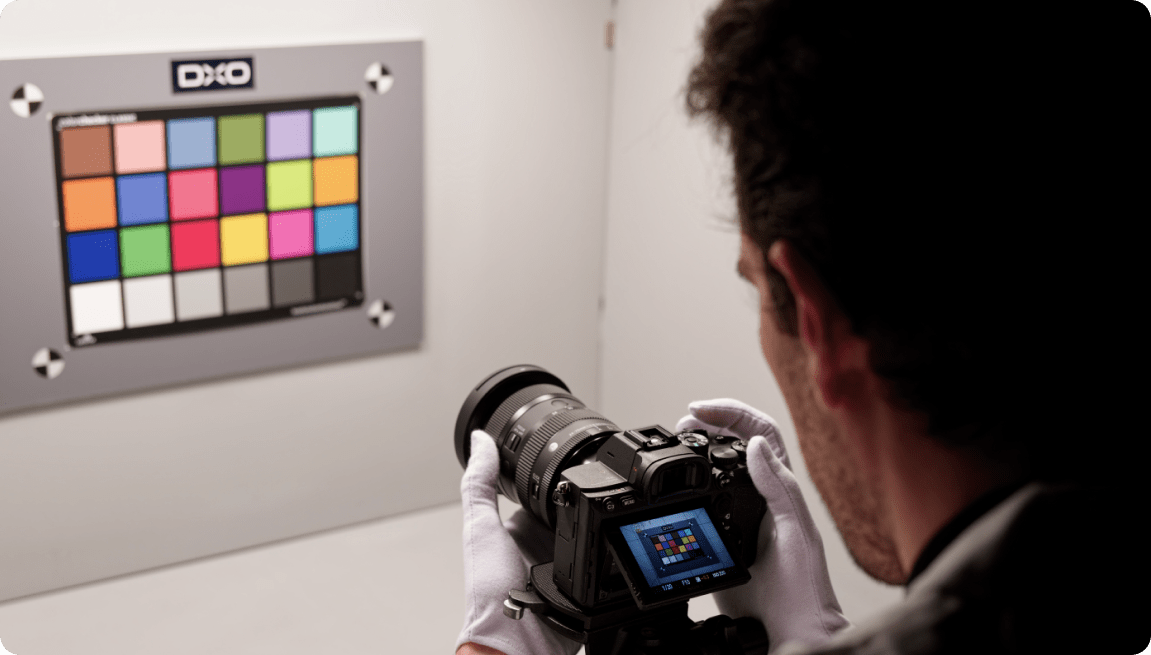
Start with RAW.
Stay true to film
The science behind RAW processing
in DxO FilmPack8
At DxO, we've dedicated years to perfecting the art of film emulation, and our approach begins with a fundamental principle: to authentically recreate analog film characteristics, we must first understand the original light that entered the camera. This is why DxO FilmPack8 achieves its most stunning results when working with RAW files.

Understanding
film emulation
DxO FilmPack 8 doesn't simply apply filters to your images. Instead, it performs a sophisticated transformation that emulates how specific analog films — whether color positive, color negative, or black and white — would have captured the exact same scene.
This process involves two critical steps: first, reconstructing the original light from your digital capture, then calculating how a particular film stock would have rendered it.




The RAW
advantage
This reconstruction is where RAW files become essential. In our laboratory, DxO meticulously calibrates every camera body on the market, creating precise color profiles for each sensor. When you shoot RAW, we know exactly how your specific camera model perceives color and light. This calibration data allows us to perform an inverse transformation, taking us from the digital capture back to the original scene's spectral characteristics.




This spectral accuracy matters even for black and white film emulation — contrary to what photographers may assume. Different black and white films have unique spectral sensitivities, reacting differently to various wavelengths of light. Some films are more sensitive to blue light, others to red. Without knowing the original colors in the scene, it's impossible to accurately predict how a specific film emulsion would have rendered those tones.
With JPEG files, this crucial reconstruction becomes much more approximate. Camera manufacturers apply their own color signatures during JPEG processing. These interpretations vary not just between brands but even within product lines. Consumer models typically apply notably enhanced saturation to appeal to their target audience. Furthermore, when photographers select shooting modes like Landscape, Portrait, or Auto, the camera applies additional color and contrast adjustments that alter the color in a way that cannot be inverted later.

Preserving
tonal integrity
Beyond color accuracy, RAW files maintain a linear relationship between the recorded values and the actual light intensity in the scene. This radiance map is crucial for accurate film emulation. JPEG processing applies tone mapping algorithms that compress highlights and lift shadows, breaking this linear relationship and making it impossible to determine the original scene's true radiance.

The
grain equation
Film grain represents another compelling reason to shoot RAW, especially when using DxO FilmPack8 as a plugin with DxO PhotoLab9. Our world-leading DeepPRIME XD technology completely removes digital noise from your RAW files — regardless of whether you shot at ISO 100 or ISO 6400. This clean slate allows DxO FilmPack8 to introduce pure, authentic film grain that matches your chosen emulsion perfectly.




When working with JPEGs, especially those shot at high ISOs, you're dealing with baked-in digital noise that cannot be separated from the image data. Applying film grain on top of digital noise creates an unnatural hybrid that lacks the organic quality of true film.

Consistency
across your work
For photographers creating cohesive bodies of work—whether for portfolios, exhibitions, or client deliveries — RAW processing ensures consistency that JPEG workflows cannot match. When you apply the same film emulation to a series of RAW files, taken in different conditions with different cameras (including even ProRAW from your iPhone when using DxO PhotoLab9), the results maintain uniform color rendering and grain structure. This consistency is invaluable when visual coherence is paramount.
At DxO, we believe that film emulation should honor the characteristics that made each emulsion unique. By starting with RAW files, DxO FilmPack8 can faithfully reproduce not just the look, but the very essence of analog photography in the digital age.


153 films, rendered
with absolute precision
DxO FilmPack8 features the most comprehensive collection of accurately rendered film stocks and features a range of legendary names and modern classics.
Not only has DxO has given new life to several discontinued films such as Fujifilm 400H and Superia, our scientific approach ensures that you get the most precise recreations available. To learn more about our conservation process, click here.




